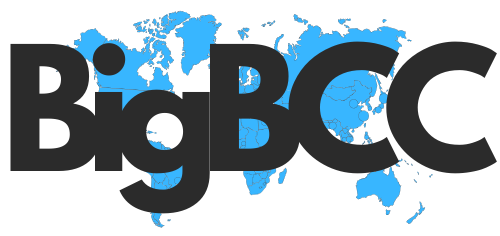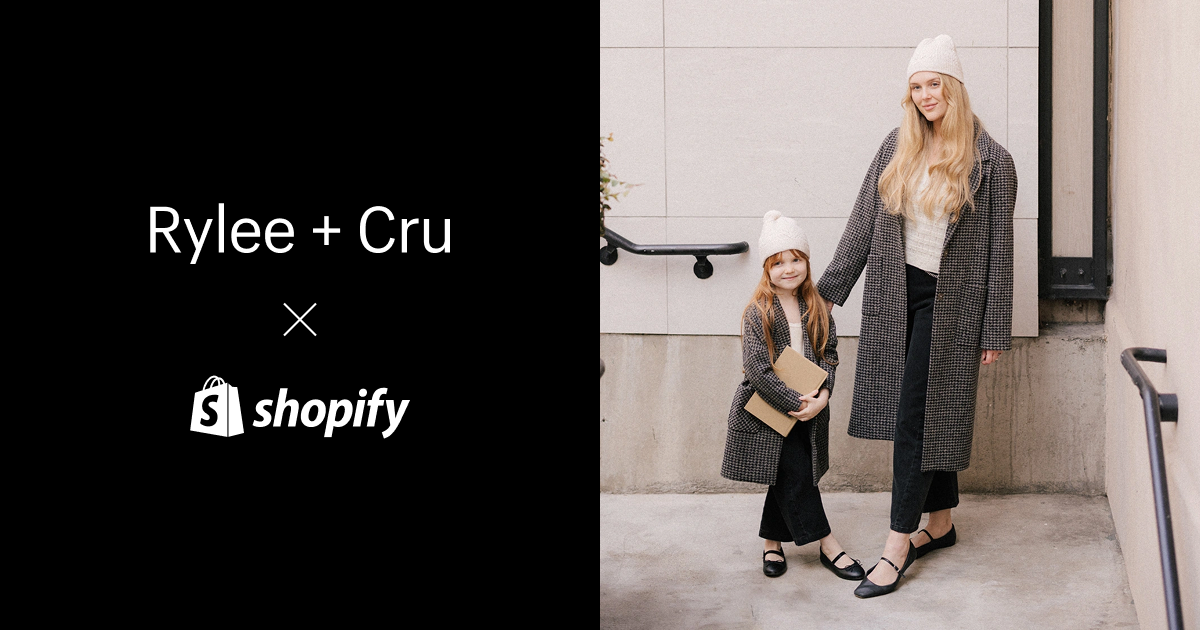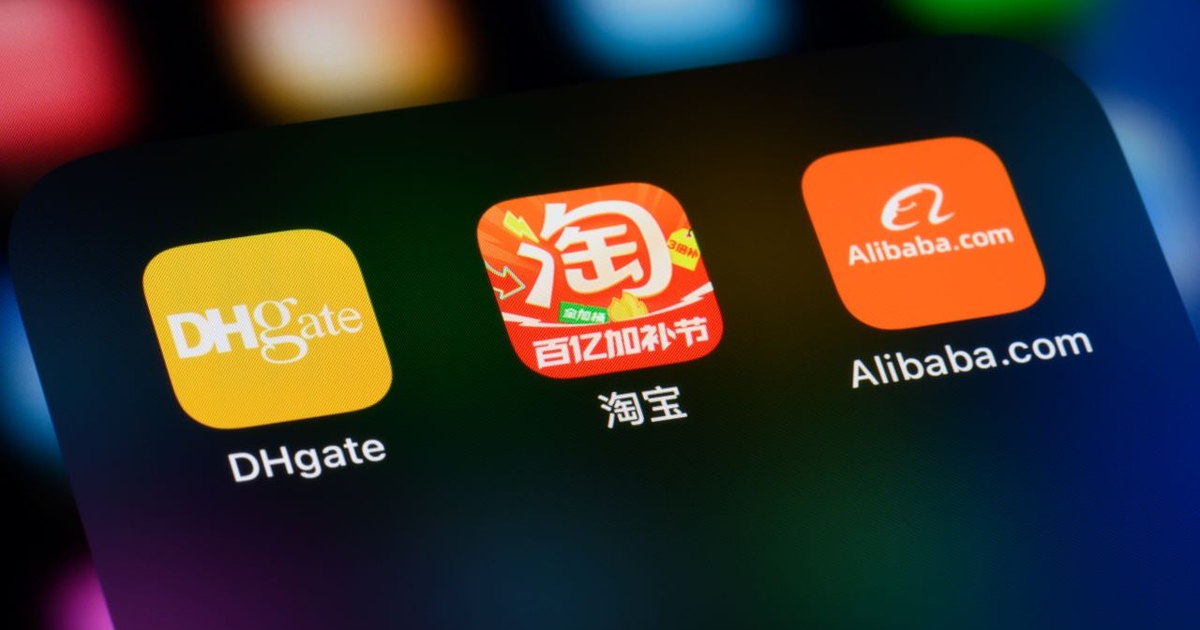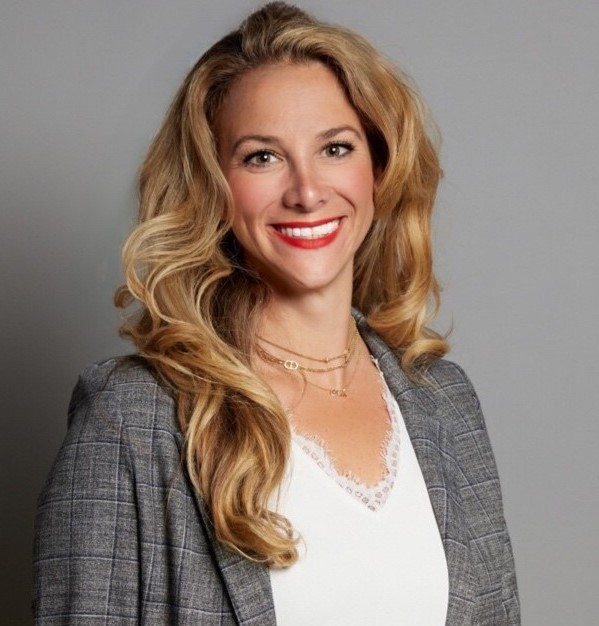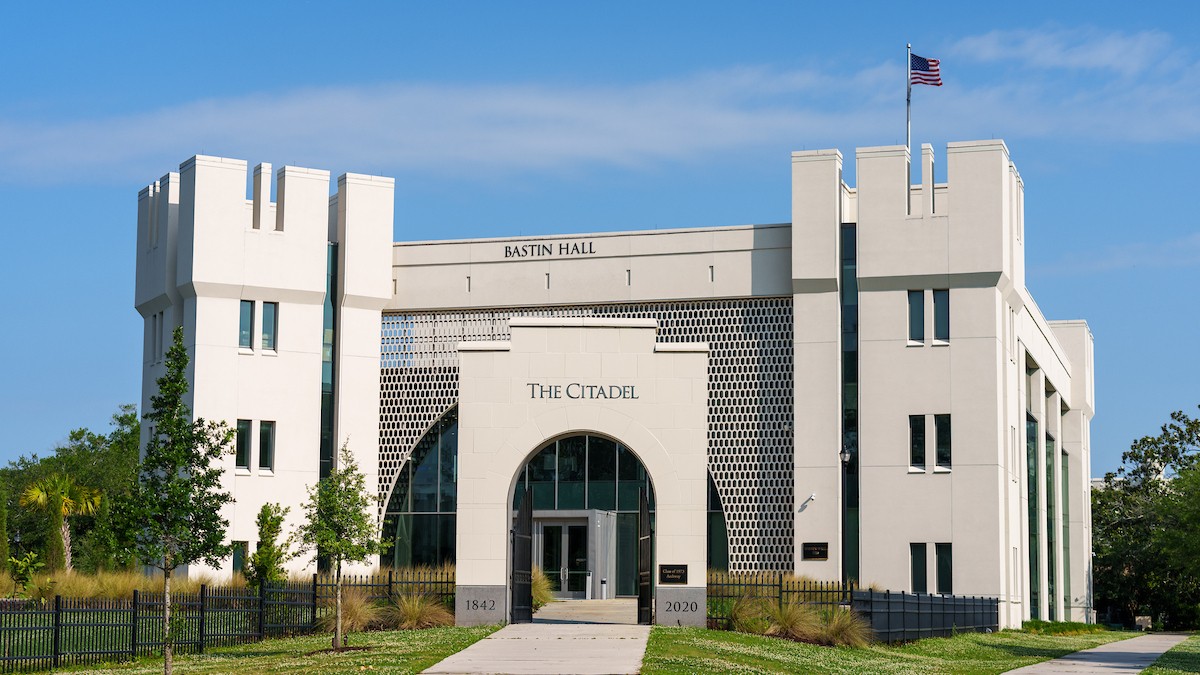Founded by illustrator Kelli Larson and her dad Kevin Murray and inspired by her own children, Rylee + Cru alongside sister brands Quincy Mae and Noralee has built their success on filling a critical gap in the children’s apparel market—offering neutral, refined clothing options in a landscape dominated by primary colors and mass-market designs.
The family business started purely as a Shopify-powered direct-to-consumer operation, selling small runs of 2,000 pieces from initial collections. Over time, the company has evolved strategically from wholesale-focused to DTC-led operations with a thriving online store and flagship retail locations in Carlsbad, California and New York City.
Shopify has been critical to their transformation, allowing the brand to adapt their strategic approach while driving sustainable growth in a highly competitive market. With Shopify, Rylee + Cru has:
- Achieved 25-30% annual ecommerce growth across all brands for five consecutive years
- Shifted revenue mix from 70/30 wholesale-ecommerce to 60/40 ecommerce-wholesale
- Doubled cross-brand shopping: 20% of customers now buy from multiple brands (up from 10%)
- Opened two flagship retail stores in California and New York
- Connected online and in-store data for a seamless omnichannel view of customer lifetime value
- Delivered a unified customer experience across three brands on one platform
The Challenge: Unifying the customer experience
For years, Rylee + Cru considered moving into retail. But the decision was never simple. The company relied on nearly 1,000 wholesale partners worldwide—many of them independent children’s stores that helped build the brand from the ground up. Any retail expansion risked damaging these relationships.
“We didn’t want to pull the rug out from under accounts that helped build our brand,” says Sam Larson, Chief Revenue Officer at Rylee + Cru. “We needed to expand our retail footprint in a way that builds the brand so everyone wins.” As the team weighed markets and locations for their potential retail expansion, another challenge was arising: platform fragmentation.
Rylee + Cru’s growth had led to three separate Shopify Plus stores—one for each brand: Rylee + Cru, Quincy Mae, and Noralee. Each store met a specific market need or wholesale request, but the result was operational friction behind the scenes. Customer data was scattered, making it difficult to understand who was buying, how often, and across which brands.
The customer experience also wasn’t unified. “Customers wanted shared gift cards and loyalty points across all our brands. They were shopping multiple brands but experiencing disconnected customer journeys,” says Sam. The problem ran even deeper for communication. Unlike many other apparel brands, Rylee + Cru serves mothers shopping for their children who are typically at different ages and sizes. “If a customer has a four-year-old son, receiving ads for Noralee formal dresses sized for eight to ten-year-old girls is completely irrelevant,” says Sam.
As Rylee + Cru continued to scale, they needed comprehensive customer data to understand acquisition costs, lifetime value differences between channels, and omnichannel shopping behaviors. Their existing approach simply couldn’t provide these critical analytics. Combined with the technical complexity of managing inventory synchronization across multiple Shopify instances and their ERP system, these inefficiencies prevented focus on the strategic initiatives necessary for successful retail expansion.
The Solution: Platform consolidation and retail integration with Shopify
Rylee + Cru solved their platform fragmentation through an approximately six-month development project that consolidated their three separate Shopify Plus stores into a single environment. The solution maintains distinct brand experiences through different entry URLs while allowing customers to toggle between brands, preserving brand identity while enabling shared gift cards, loyalty points, consolidated LTV data, and unified customer profiles.
When the team decided to take the leap into retail, their unified platform foundation made expansion surprisingly achievable. Sam says they chose a strategic “experiment on the two coasts” approach, opening in their home market of Carlsbad, California and their second-largest market, New York City. The timing was bold: both stores launched just before Black Friday, proving that with the right foundation, even ambitious timelines are possible.
The Shopify POS implementation showcased how accessible retail expansion can be for ecommerce brands. “The setup was fairly easy,” says Sam, who had previous experience with Shopify POS at his former company. The most time-intensive aspect was integrating with the brand’s ERP system, which required approximately one week of internal engineering work to sync inventory across locations. The real validation came from their store team. Their Carlsbad store manager, who came from a major department store brand with over a decade of retail experience but zero Shopify POS background, immediately found the system “super intuitive,” demonstrating how Shopify POS can bridge the gap between ecommerce simplicity and enterprise-grade retail functionality.
We have a robust technology stack for operating our business, but I like and use Shopify the most for customer data.
With their unified commerce architecture in place, Rylee + Cru built sophisticated reporting using Shopify Analytics to track customer acquisition by channel, measure lifetime value differences between online and in-store shoppers, and analyze cross-channel behavior. This data foundation enables them to optimize both current operations and future expansion plans.
The omnichannel experience extends through Shopify’s robust app ecosystem, allowing Rylee + Cru to tailor their operations to specific business needs. Loop Returns enables seamless returns processing in-store for online purchases, while Rivo provides unified loyalty program functionality that customers can earn and redeem across both online and physical locations. Additional integrations from PDQ Logistics enhance checkout customization, and Shoplift enables sophisticated A/B testing for continuous optimization.
Strategic inventory management through ERP integration ensures real-time visibility across all channels. “Being cloud based, even if we’re outside of the shop, if one of our reps texts us and says, ‘Hey, do you need any of this?’ We can log on real quick and just check inventory,” says Sam, highlighting how the unified system supports both operational efficiency and strategic decision-making.
The Results: Unified commerce strategy delivers sustained growth
Rylee + Cru has maintained consistent 25-30% year-over-year ecommerce growth for five consecutive years. The unified platform architecture has delivered measurable improvements across customer experience, operational efficiency, and strategic growth capabilities that support this sustained performance.
Cross-brand customer behavior has improved dramatically, with overlap increasing from 10% to over 20% of customers shopping multiple brands. This represents a 100% increase in customers discovering and purchasing across their portfolio, validating the unified experience approach. “They’re not buying from one brand at the expense of another brand. The other brand they’re buying is a different need in their life,” says Sam, demonstrating that the consolidation creates new growth opportunities rather than cannibalizing existing sales.
The retail expansion has provided crucial customer insights that were impossible to obtain through wholesale partnerships. Contrary to initial expectations, in-store customers don’t necessarily have higher average order values initially, but they demonstrate significantly higher lifetime value due to the experiential impact of physical brand interaction. “The retail customer that comes in, while they might first order smaller amounts, it’s a super sticky customer. The experience for them makes their long-term LTV great because they come back to it often or they come back and purchase online,” says Sam.
Perhaps most surprisingly, retail customers demonstrate strong omnichannel behavior regardless of proximity to stores. Even customers living just blocks from their New York location regularly alternate between in-store and online purchases, suggesting that the unified experience successfully meets customers where and how they prefer to shop rather than forcing channel loyalty.
Operational efficiency gains are equally significant. The consolidation eliminated the time-intensive manual work of managing separate customer profiles and data across multiple systems, allowing the team to focus on strategic growth initiatives rather than operational workarounds. This has enabled their lean ecommerce team of just two full-time employees plus a contractor to successfully manage the scaled operations across multiple brands and channels. As Sam notes, “Shopify is a tool that allows you to do a lot with a little if you know how to use it.”
The unified commerce foundation has positioned Rylee + Cru for ambitious yet strategic expansion. The team is actively evaluating new retail markets, applying the same careful market selection approach that led to their successful Carlsbad and NYC launches. With comprehensive customer data now flowing through their unified system, they can precisely analyze customer acquisition costs and lifetime value across channels, enabling data-driven decisions for each new market entry.
Looking ahead, the foundation supports their long-term vision of sustainable growth within the children’s apparel market while maintaining the premium brand experiences that differentiate them from the competition.
Shopify’s flexibility has been huge for us in being able to build an experience very unique to our brand while keeping all our data unified.
